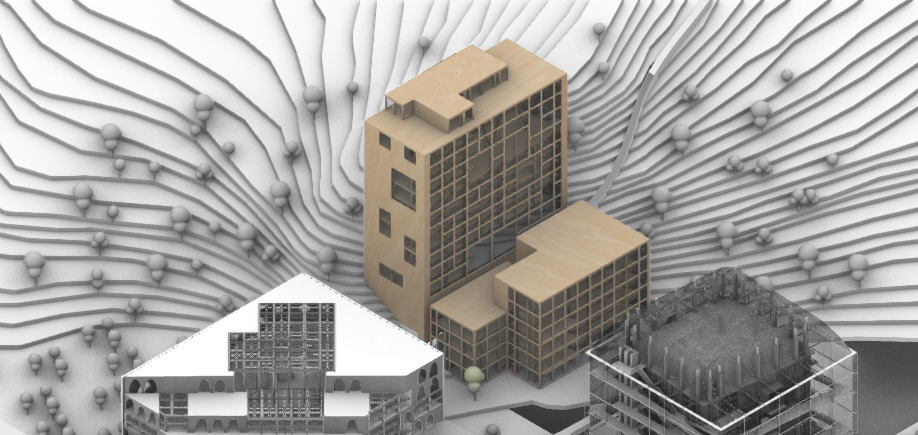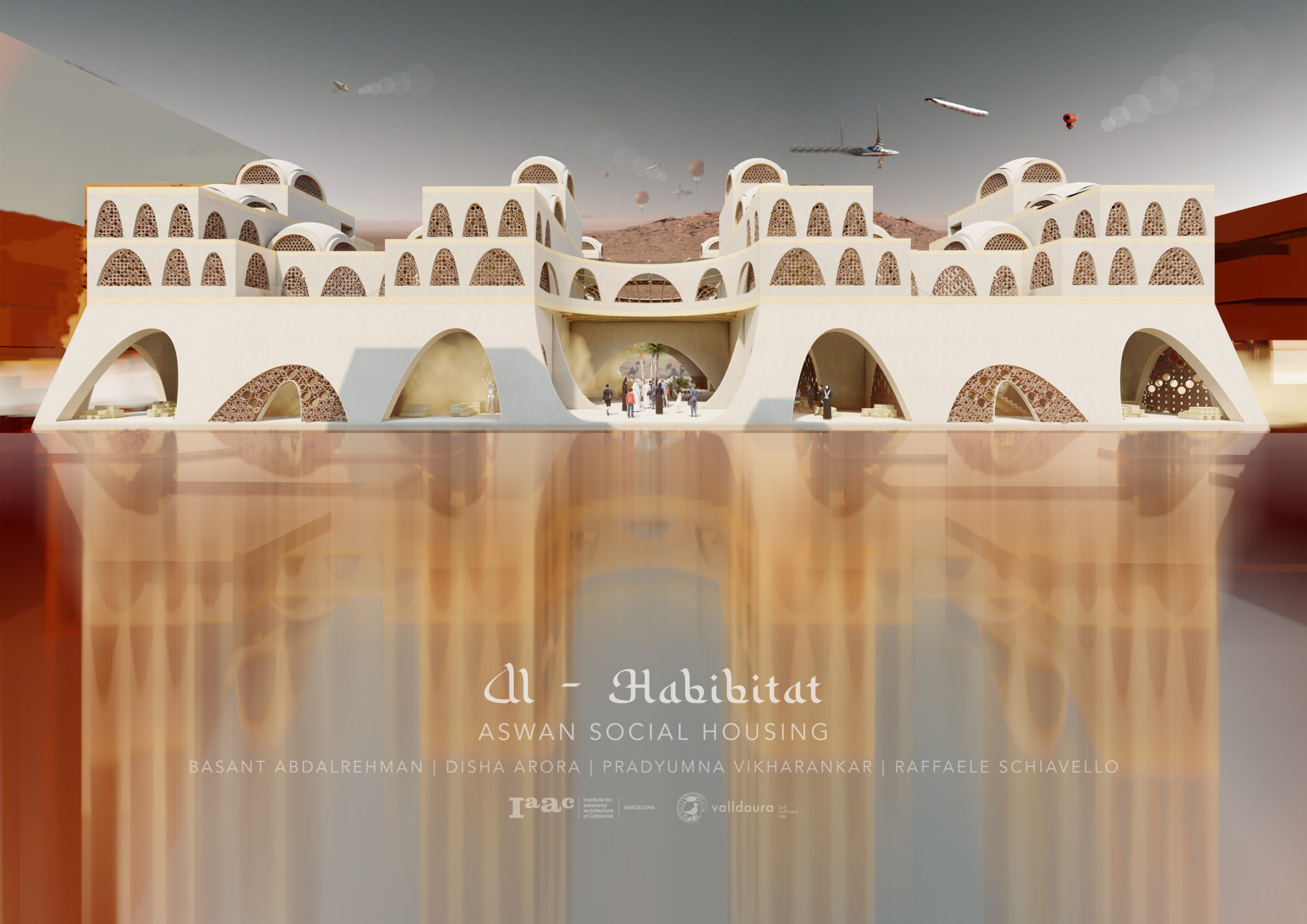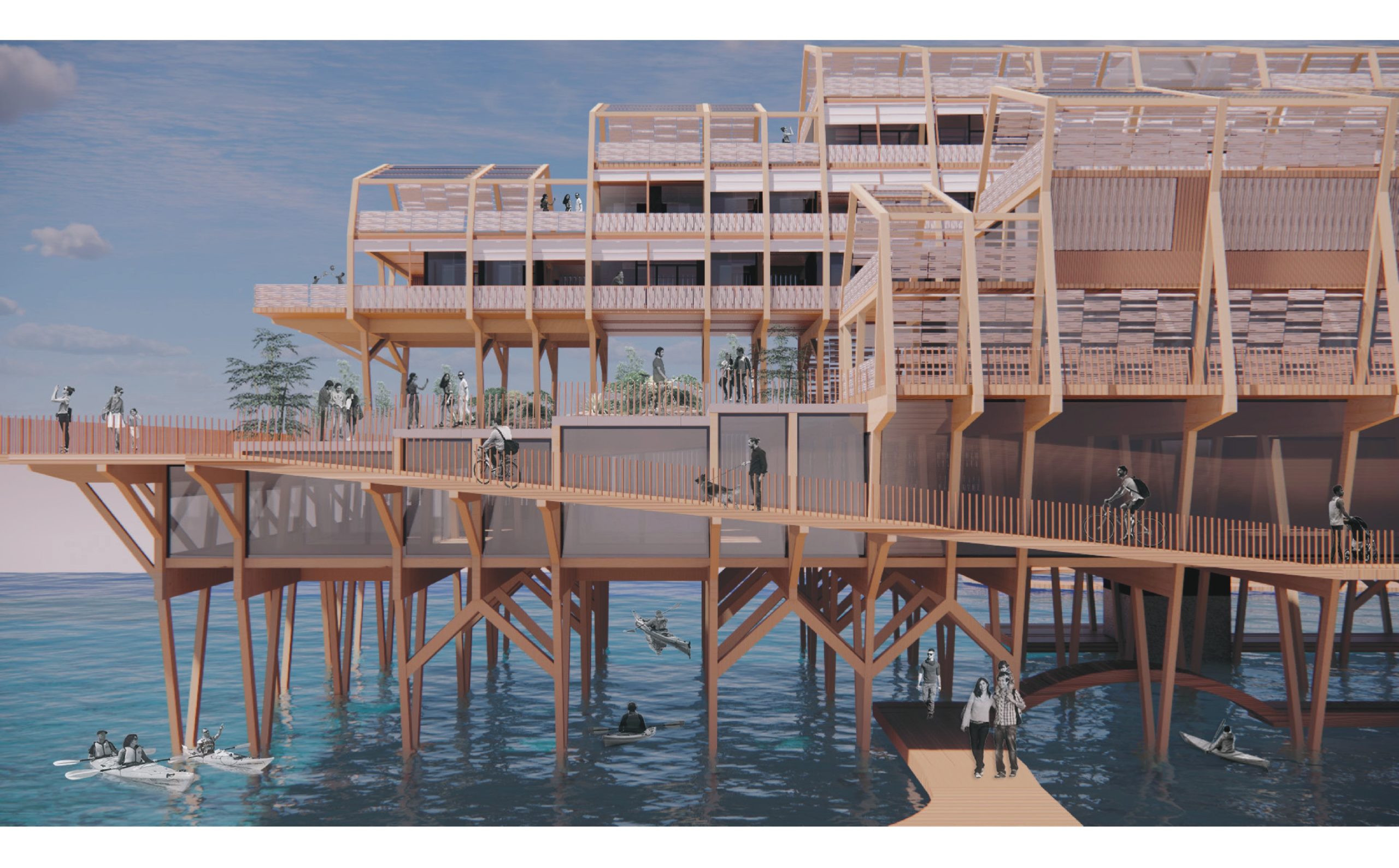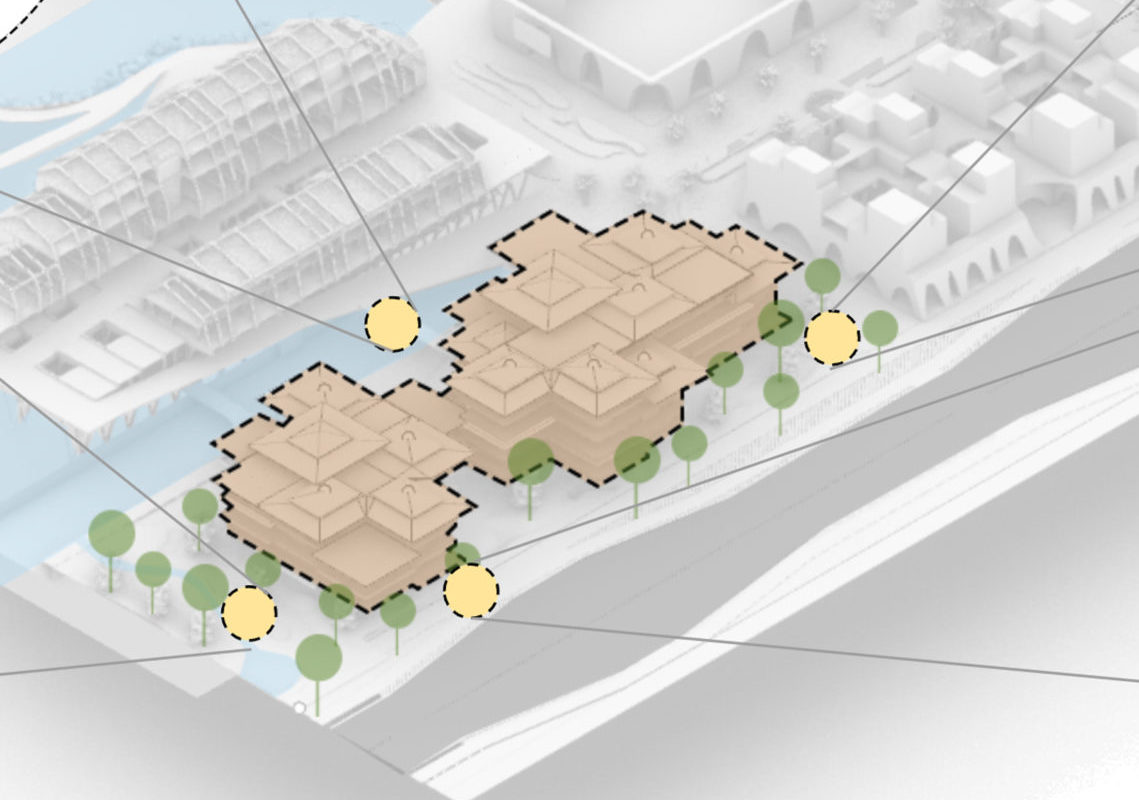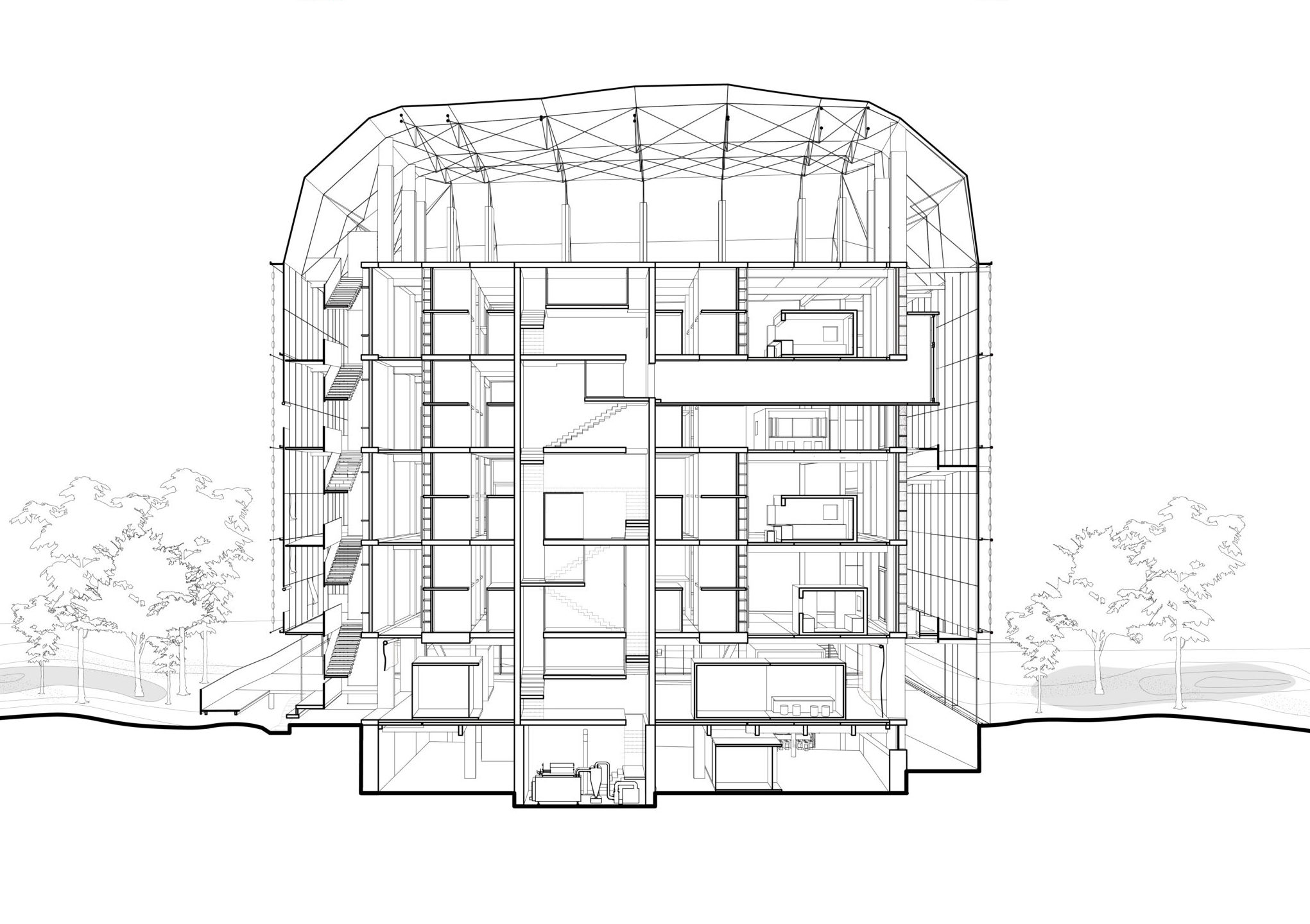PART 1. Refinement of the Project itself, making coherent all parts (structural system, program, envelope, urban scale and connections, facilities and metabolic systems; and every element of the project).
PART 2. Designing and defining the urban model of the whole “super-illa”. In order to so, students will be working transversally. Each group will nominate one person as the main responsible for the following tasks:
Structure (layering: base, shaft, and capital)
Typology – Climate coherence
Program (agency, biodiversity, logistics, etc.)
Urban scale (circulation, transportation, services, human scale, universal accessibility, sustainability, social inclusion, etc.)
We will discuss these themes in the transversal workshops. This is an opportunity to work horizontally deeper in the urban scale, to further study the connections between the different projects, to take the best part of each proposal to create a coherent and integrated model of a new generation of an urban development responding the planet’s emerging climate and living challenge.



